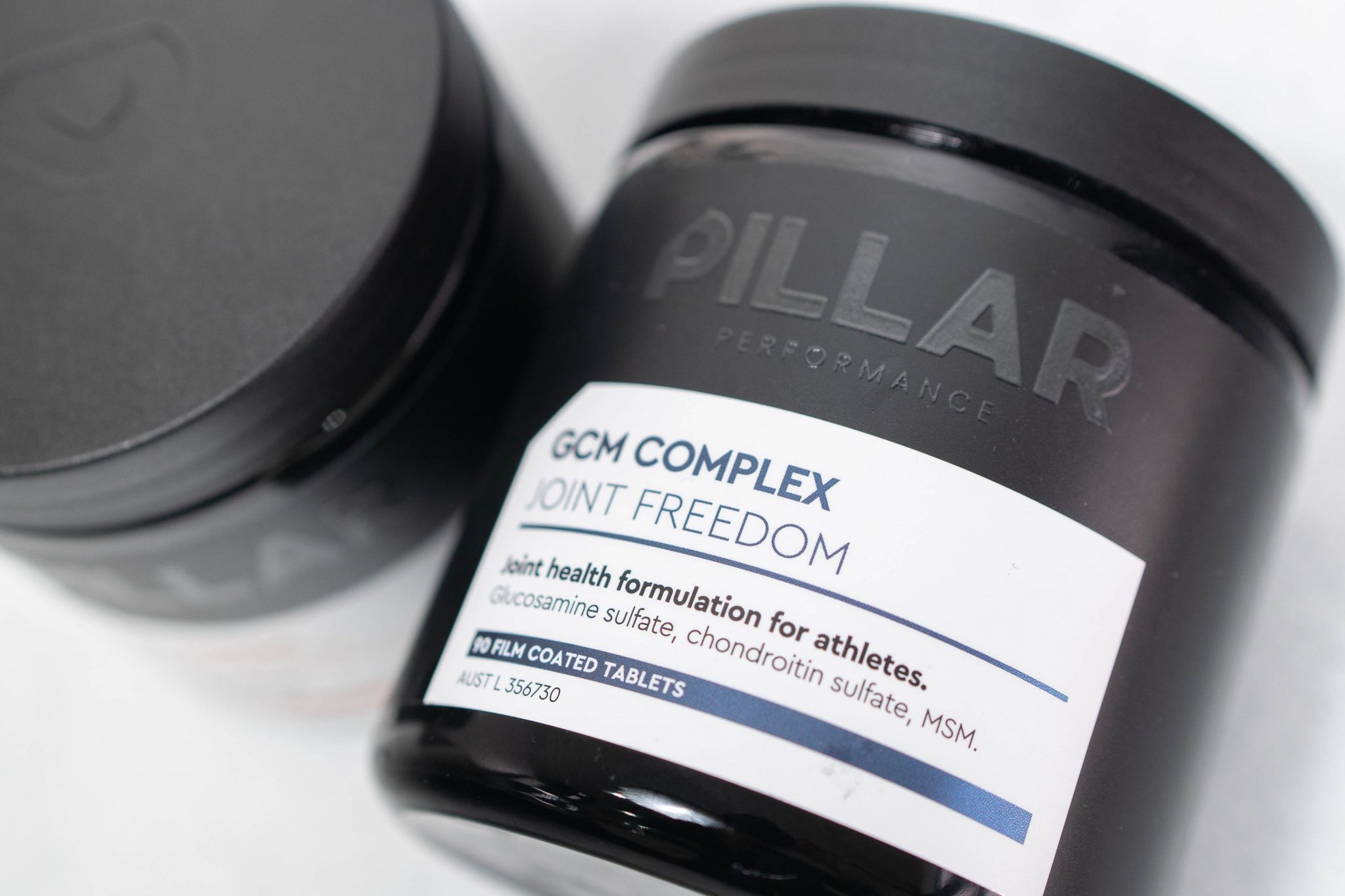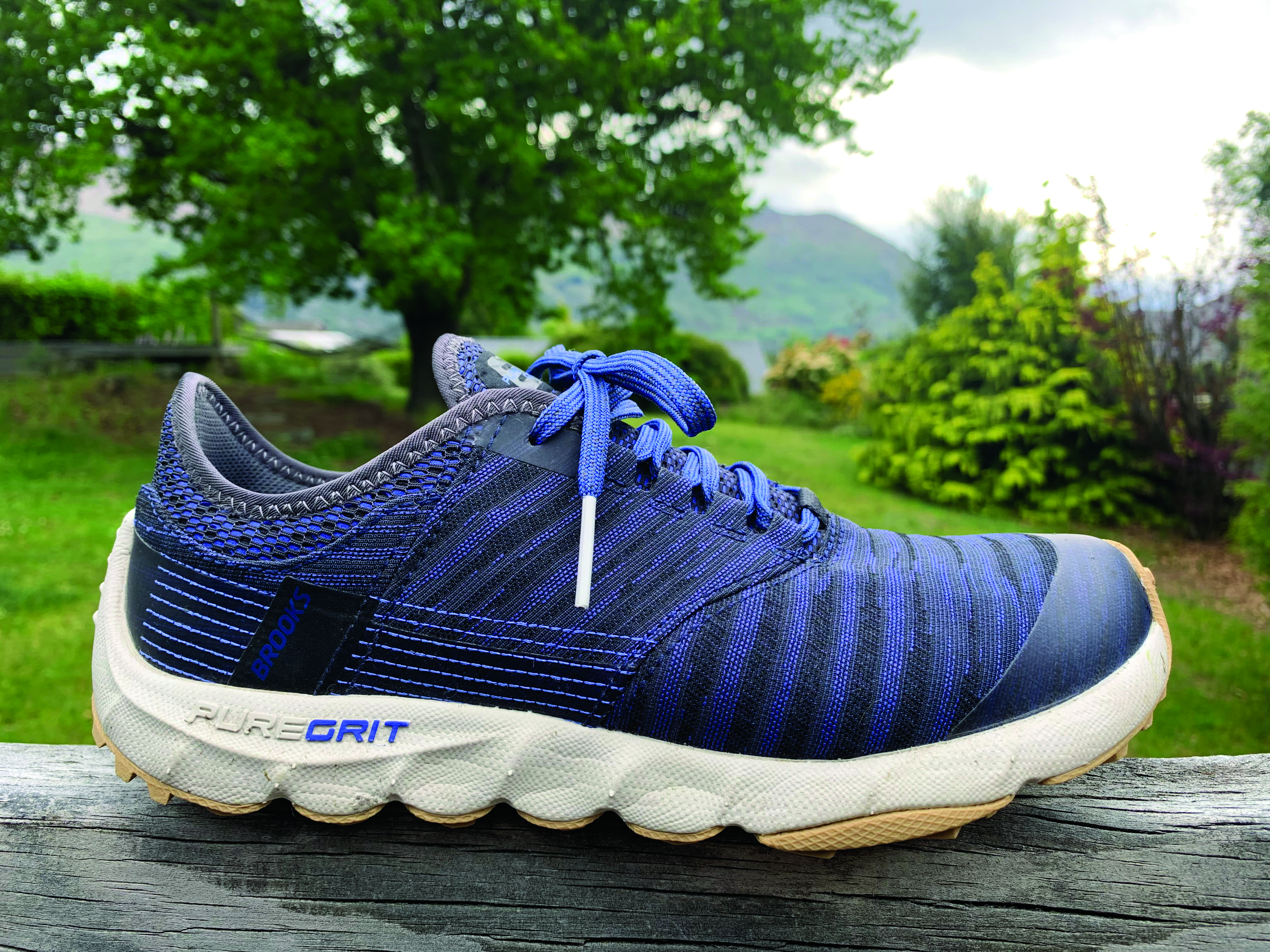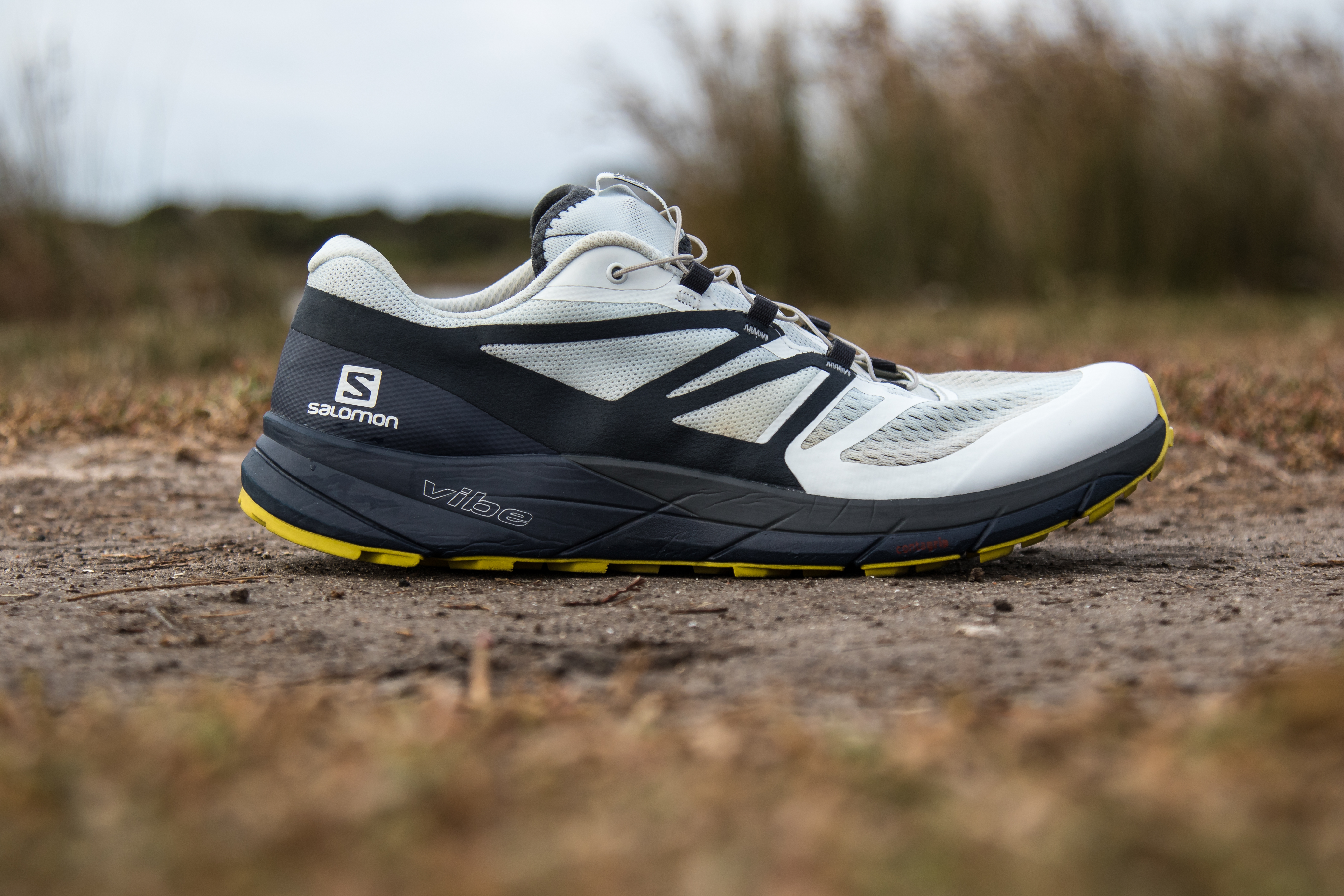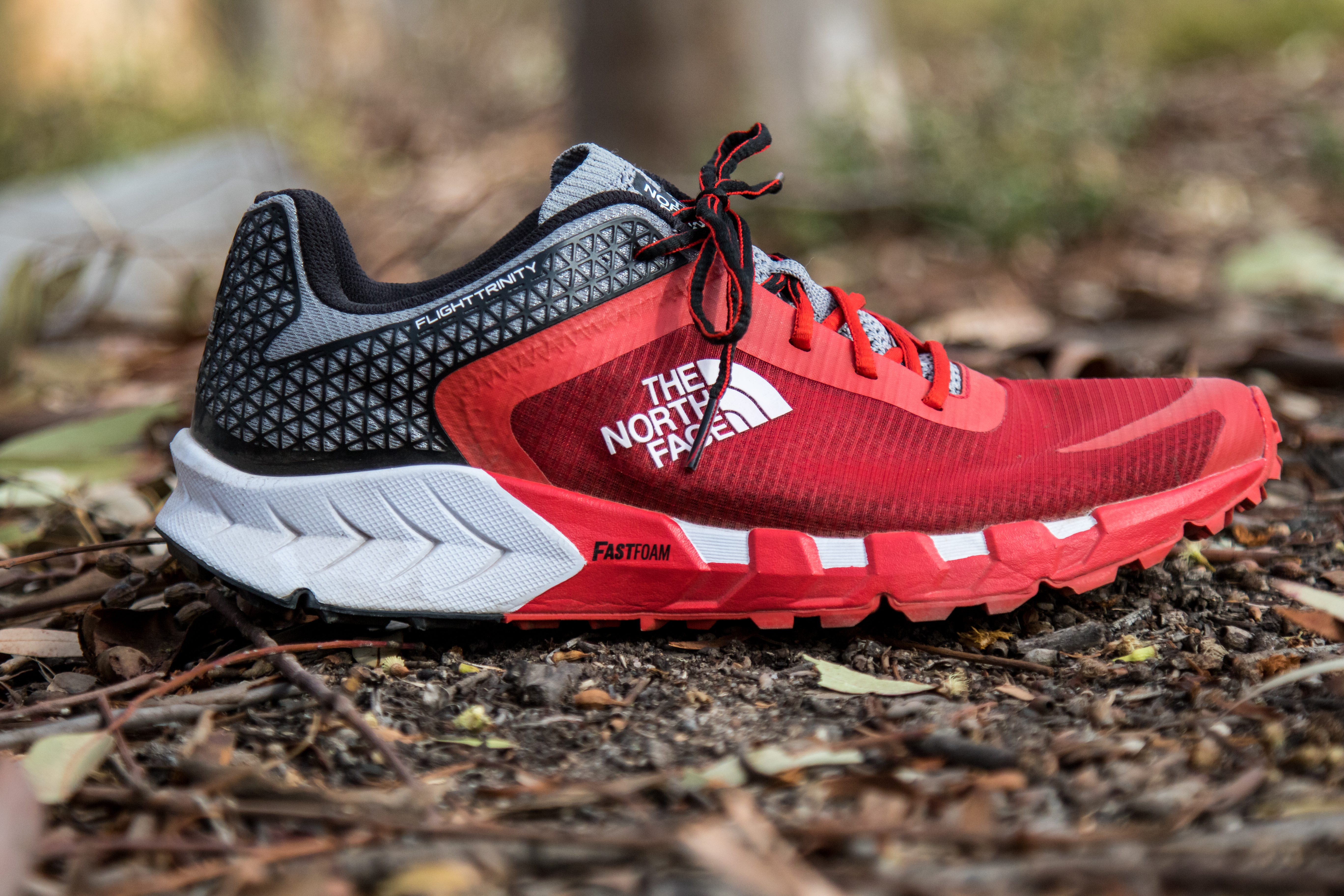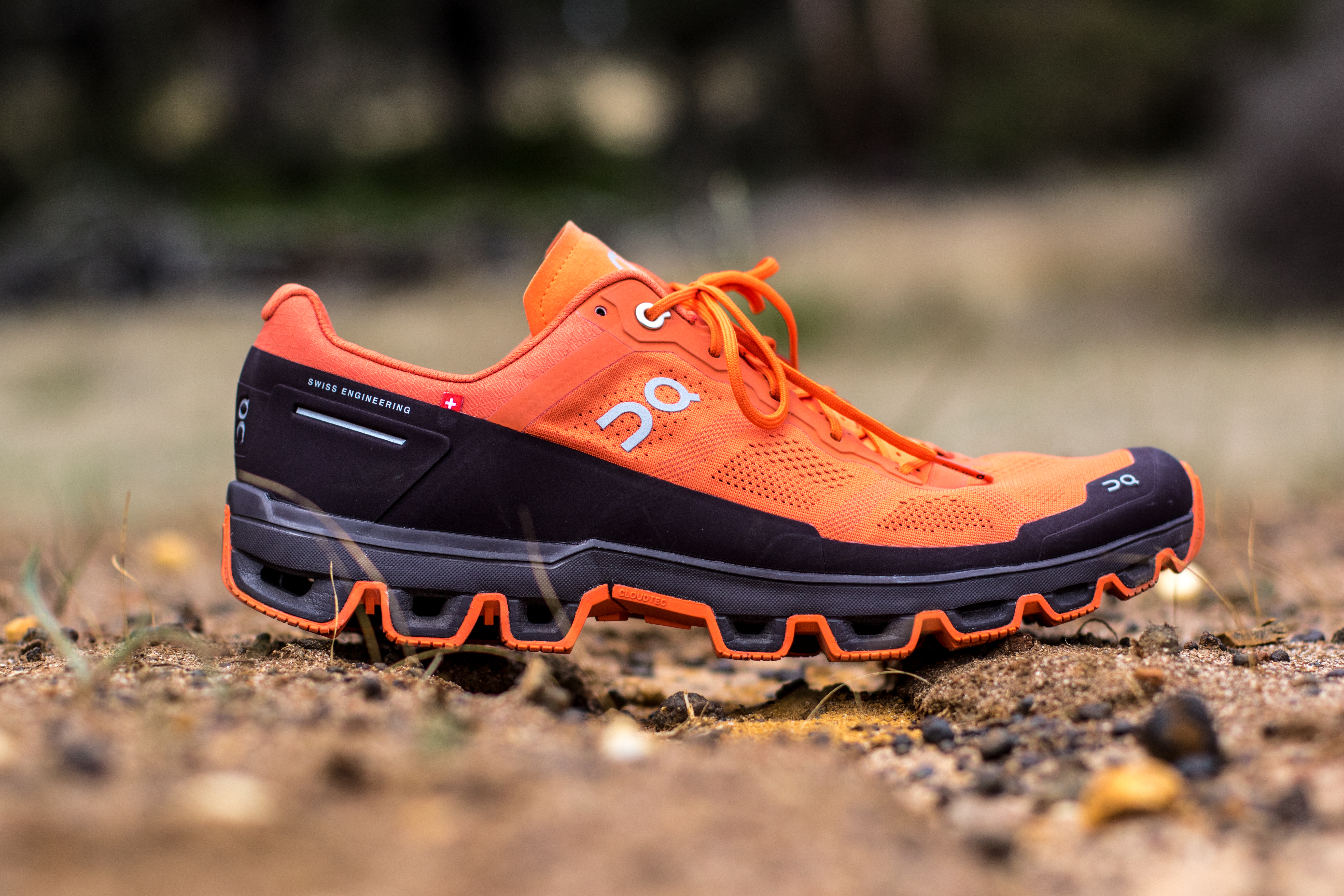Review: shock therapy with Compex SP8.0
If you follow the racing and social media exploits of any of our elite trail athletes, you may have noticed the random growth of strange white discs on their wearied post-race legs, as seen on a myriad of athlete Instagram and Facebook posts. What you’re seeing is the application of electro muscular stimulation (EMS), a new wave of self-applied treatment using old (but updated) technology that promises to refresh your legs quicker than Kilian can knock off a suburban Park Run (can you imagine that?). Elite Salomon/Suunto runner and Skyrunning ANZ athlete representative, Caine Warburton, gives the lowdown on an EMS offering from Compex, the SP8.0.
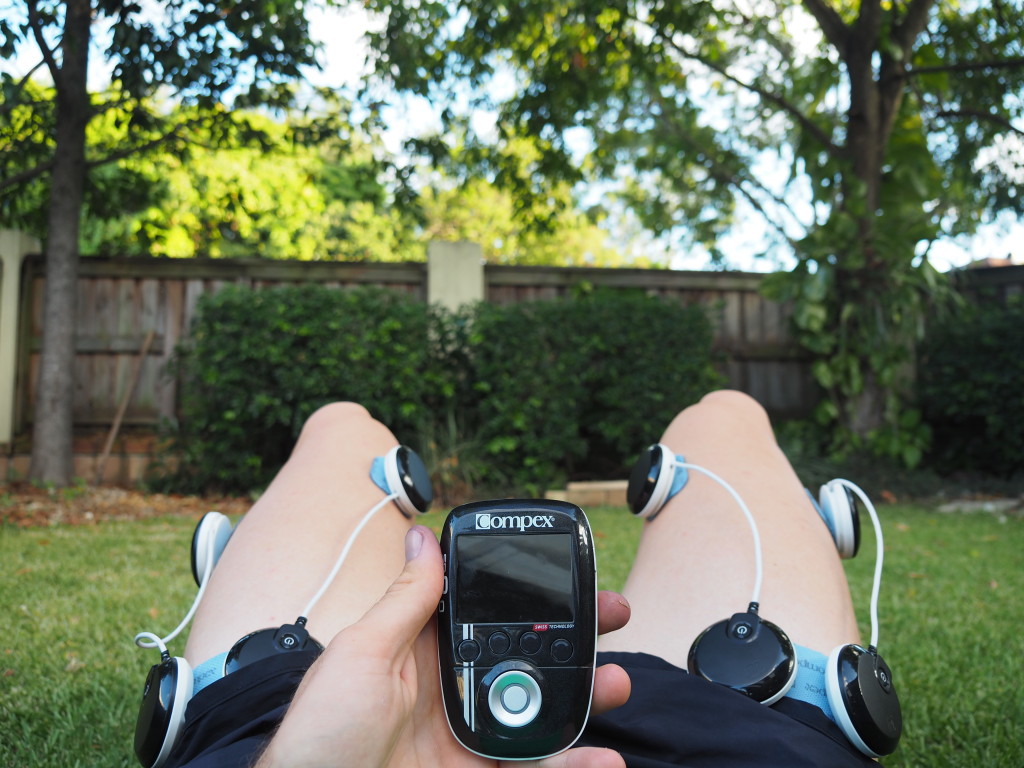
As our world develops in leaps and bounds it is no surprise that we are seeing ever advancing techniques, textiles and technologies popup in the running arena. When it comes to running, such advancements, for the most part, allow many more of us to achieve greater results with our bodies than we could have 20 years ago.
Electro Muscular Stimulation (EMS) is a technology that fits the bill here. EMS has been used in the medical industry for rehabilitation and recovery by physiotherapists for over 30 years, however in more recent years the value of EMS in a dedicated sports application has been proven by Olympic athletes and specifically trail runners including Salomon’s Killian Jornet and Emile Forsberg.
EMS works by replicating the natural muscle contraction by electrical stimulation disseminated by conductive electrodes placed on the body. EMS has many sporting applications such as strength training, power, endurance, muscle hypotrophy, recovery, pain management and more. However, in this review we will focus solely on its application in terms of recovery and rehabilitation.
The brand Compex started working with medical EMS in 1986 under the guise of medical giant DJO GLOBAL and was the first to facilitate personal (at home) EMS use in 1996. Improvements in technology and processes have resulted in the latest offering, the completely wireless SP 8.0 model.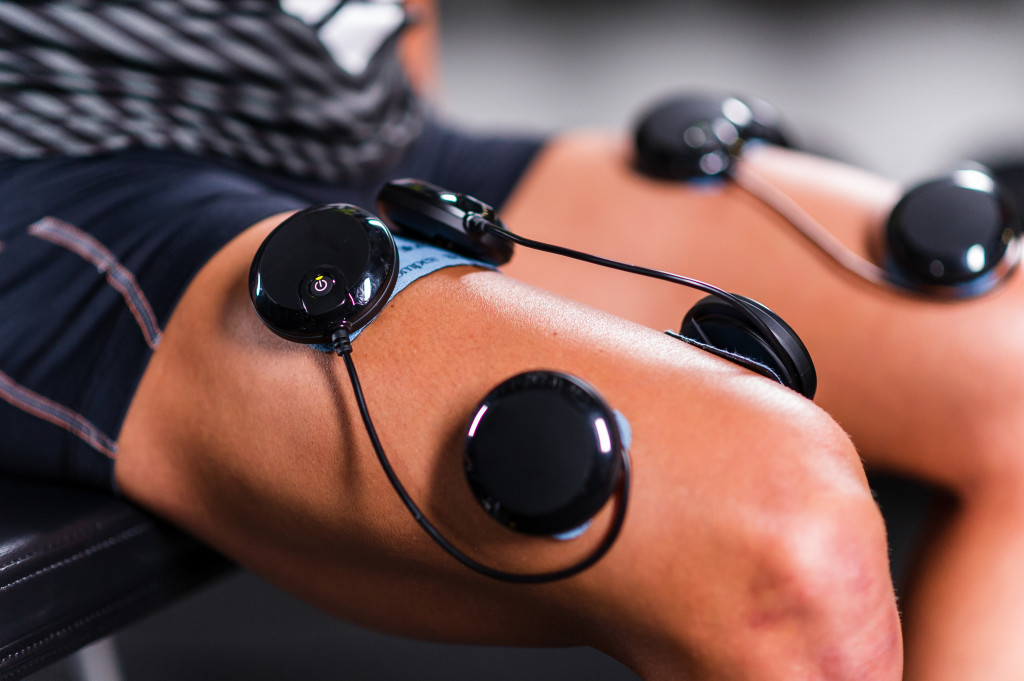
The SP 8.0 is the top of the range sports-orientated electrostimulaor on the market. It features wireless connection to four separate stimulation modules, 40 pre-set training programs, 4 separate stimulation channels, a rapid 2hr charge battery time and a 3-year warranty.
Although the SP 8.0 has many applications such as strength and endurance training, when it comes to recovery and rehab it has 17 dedicated programs for anything from training recovery and massage to tendinitis programs.
The Recovery/Massage programs in the SP 8.0 include: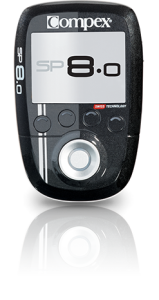
- Training Recovery: To recovery after a physical effort.
- Competition Recovery: To recover after intense muscle fatigue
- Reduce Muscle Soreness: To reduce the duration and intensity of muscle soreness Ie DOMS
- Relaxing Massage: To generate a relaxing effect
- Reviving Massage: To relieve feelings of tiredness
The Recovery/Massage programs are, like any good recovery activity, designed to increase the muscle blood flow thus decreasing toxic waste by-products in the muscle and increasing the distribution of nutrients to the (now stressed and damaged) muscle. To achieve this the individual programs, use a variety of low intensity (shallow) muscle contractions/twitches in a range of sequences and frequencies.
Compex claims that the benefits of these programs include (when compared to traditional training alone):
- Reduction in lactic acid by 25% (Warren CD, Brown LE, Landers MR, Stahura KA – Strength Cond Res. 2011)
- Increase in blood flow by 300% (Zicot M, Rigaux PF, 1995)

The pain management and Rehabilitation programs in the Sp 8.0 include:
- Pain Management TENS: To alleviate all types of localised pain
- Reduce Muscle Tension: To decrease muscle tension/tightness
- Muscle pain: To create analgesic actions to block pain
- Neck pain: To treat pain in the neck
- Back pain: to treat pain in the back
- Lumbago: To block the transmission of acute lower back pain
- Epicondylitis: To decrease persistent elbow pains (tennis elbow)
- Tendinitis: To decrease persistent tendinitis
- Heavy Legs: To eliminate a heavy legs sensation
- Cramp prevention: To assist to prevent cramps
- Muscle Atrophy: to regain muscle volume lost via inactivity or injury.
- Reinforcement: To complete rehabilitation once muscles have reached normal volumes.
To help the average runner to get the most out of electrostimulation use, Compex has developed a range of technologies known as Muscle Intelligence (MI) that are included on the SP 8.0 model. The first of these is MI-Autorange, which does the thinking for you and automatically scans your muscle and sets the optimum intensity of contraction for the outcome of the program.
MI – Range scans and indicates the optimum range of stimulation while MI – Tens used during a Tens (pain relief) program automatically decreases the intensity if a muscle contraction is created.
Practical use:
I found the Compex to be surprisingly easy to use despite its wide range of applications and in depth medical background. The user interface is very straight forward and even uses pictograms to indicate where electrodes should be placed and in which body position programs should be conducted. However understanding how each programs works and what it is best used for in detail needed some user manual referencing.
For the Recovery and Rehabilitation programs (as described above) the focus is on more gentle contractions or tingling (Tens) style stimulation compared to the intense deep contractions of strength training, as such its little surprise that most of these programs feel really nice when applied to the muscles.
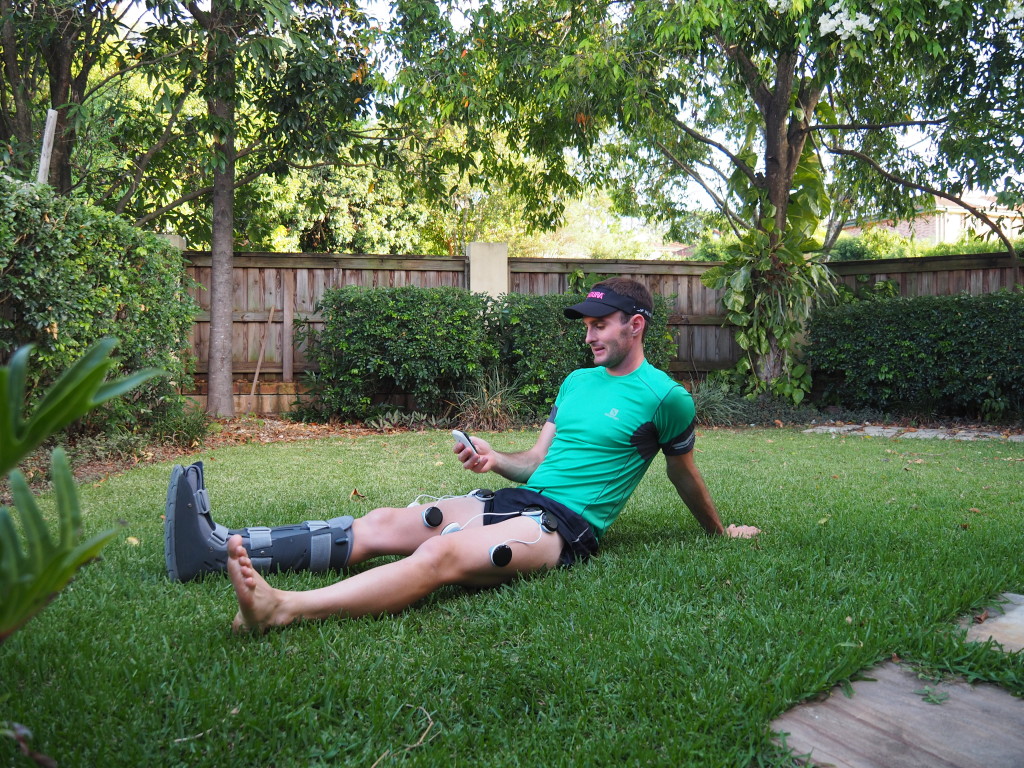
Personally, I have used the programs: Training Recovery; Heavy Legs; and Reduce Muscle Soreness. All have aided recovery after a hard training session in preparation for the next day. I noticed that my legs felt looser and peppier the next day, more so than they usually would. While I am yet to really test the effectiveness of the Cramp Prevention program (as I haven’t raced recently) this program is one of the most interesting, as cramp effects many runners.
During the time of this review I have been working around some tendinitis in my ankle which I have been using the Tendinitis and TENS programs on regularly. While tendinitis is a difficult beast to shake I am getting noticeable pain relief using the TENS style programs on the Compex, although I have noted that electrode placement can be difficult to get right when working around bony structures such as the ankle.
Conclusion:
After 12 weeks of using the Compex SP 8.0 I can definitely see its advantages as a recovery/rehabilitation tool alone, I am waking up fresher and getting that extra bit out of my hard training sessions. The programs are well set up and are effective at reducing soreness and promoting muscle recovery by increasing blood flow and blocking pain.
The other major advantage of the Compex is that I can fit it around my hectic life. In the busy schedule of a Dad/Husband/Fireman/Elite Athlete recovery is usually the first thing to go out the window when time runs out, but with the Compex I have found I can achieve some effective training recovery after everything is done while I watch TV and relax at night or during my lunch break at work.
There is no denying that the EMS provided by Compex can be a valuable addition to an effective training program and assist runners to achieve more with their running. However, it won’t replace contemporary recovery measures, you will still need to stretch and when needed ice!
REVIEWED BY Caine Warburton, Skyrunning ANZ Athlete Representative, elite Salomon/Suunto runner and blogger at www.runningontheedge.wordpress.com
VITALS:
Price: Compex Sp 8.0 $1725 RRP
Local Retailer: Find Your feet www.findyourfeet.com.au/
Manufacturer Website: www.compexstore.com/au
Scientific studies: www.compexstore.com/sites/default/files/documents/COMPEX-CLINICAL%20STUDIES-EN.pdf



